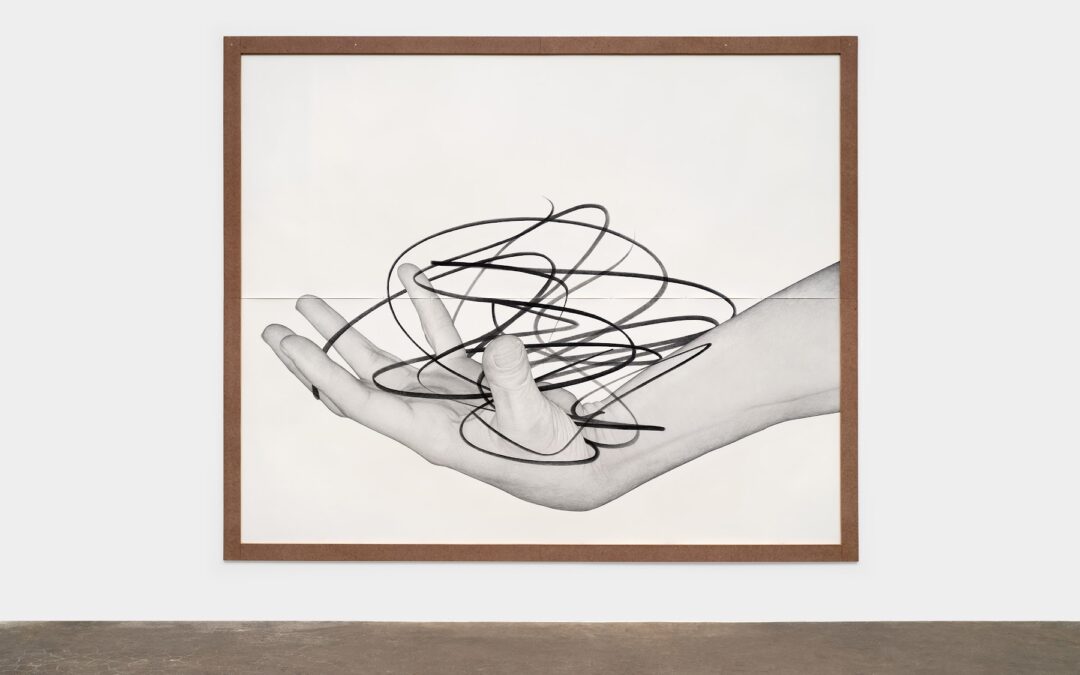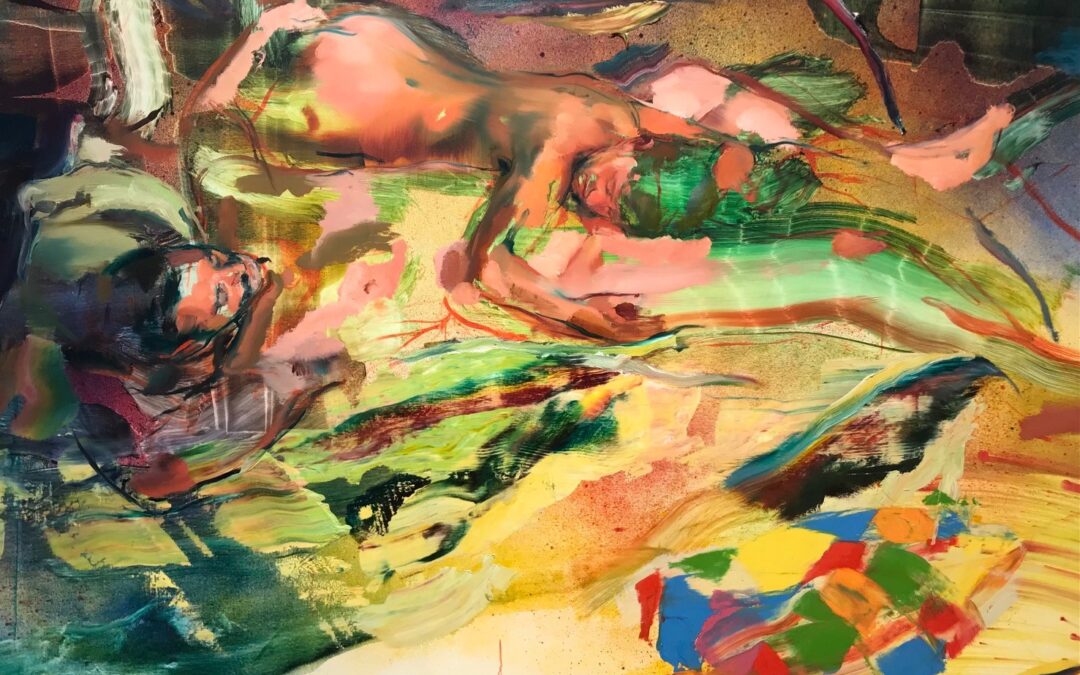At least once a week something happens to save my life. Usually it has something to do with some scientific discovery or biotech breakthrough that has managed to save, preserve or forestall further damage to some part of the biosphere. Or some reminder that nature...

HAND HOLDING SCRIBBLE Karl Haendel at Vielmetter Los Angeles
read more


